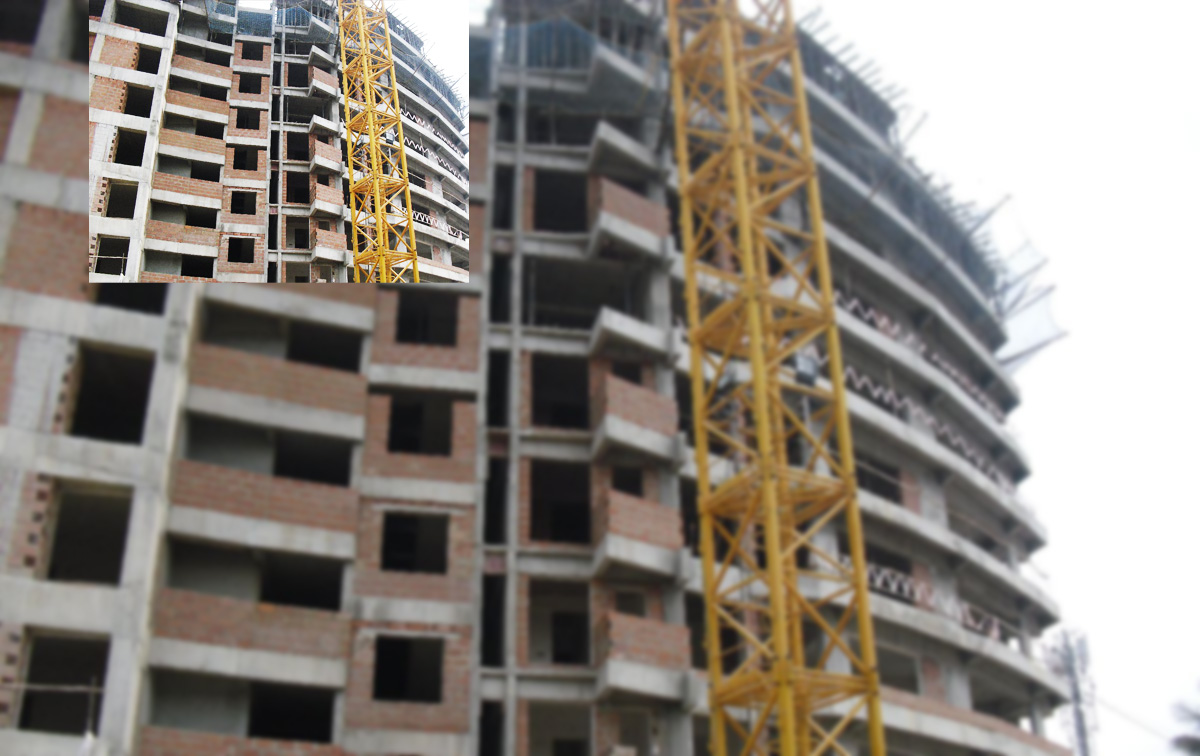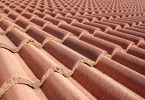No matter what the size of the project is, whether it’s a G+1 independent/individual home or a multi storied apartment project, a huge waste of resources go unnoticed or are often taken as an inevitable spill over. Well, this can be looked into and by making simple alterations to the project; you would be amazed how much you are saving at the end of your project. Not only are you saving on cost and energy, but also you are simultaneously ensuring optimum resource utilization. Avoiding wastage at construction project sites will be so achievable and smooth if you follow some of the best practices articulated below.
- mildly Start at the very beginning:
The best place to initiate the process of construction site waste prevention is in the design phase itself. The design phase provides you with ample opportunities to prevent construction site waste that leads to overspending on materials and waste removal expenses.
Some points to remember in this regard:
- Make sure the building plan includes materials that follow standard building material sizes.
- Setting specific construction site waste reduction goals at the beginning of the project is also a good practice when it comes to targeting specific materials and activities
- Ensure your sub- contractor is comfortable and is confident of executing the project with the materials specified in the design, thereby avoiding unnecessary delays to the project on account of delayed execution.
- Estimate when and where you’ll be generating construction site waste – use this schedule to efficiently plan your methods of handling waste.
- buy gabapentin cod Minimize construction site waste
It is a very common sight to see heaps of construction site waste material accumulating near an on-going construction.
Valmiera Here are a few steps you can take to prevent construction site waste from gathering so fast:
- Request suppliers/vendors to buy back, unused material from the site. This can be used in any other site, ensuring minimal wastage of the material and also help you reduce costs for purchasing materials.
- Request suppliers to replace all damaged materials, so that you will not have a pile of unusable material near your site which is bound to take up unnecessary space and make the site look shabby. This can also hinder work in progress as labourers/ masons will take more time to navigate through the waste dumps and go about their work.
- Ask suppliers to deliver materials in returnable pallets and containers. This will help both in reducing storage space and minimizing transport time.
- Reassess your material storage practices to prevent loss due to weather
- Fāzilka Reuse/Recycle construction site Waste On-Site
Reuse / Recycle are some of the most “Green” terms that you can hear about these days. The practice doesn’t involve too much time or money, but just requires careful pre planning to enjoy the benefits to the fullest. Below are some interesting tips:
- Heaps of empty cement bags are a common feature in any construction site waste. Don’t waste them. Use the bags as a form of tarpaulin to cover freshly exposed plastered walls for protection instead of purchasing extra tarpaulin for the purpose. This way, you are re- using the cement bags and also not spending more in purchasing tarpaulins. Once the cement bags have served the purpose, gather all of them and then return them to the vendor for him to re-use the same. This will also help you in maintaining a clean site.
- Vitrified tiles or any kind of floor tiles usually come packed in huge cardboard carton boxes. Normally these carton boxes are kept, lying, at the site in heaps or sometimes, an enterprising contractor may sell the same to a salvage vendor to make a few extra bucks. However, these boxes can help you save much more than make a little extra money. Here’s how you can use these boxes effectively. Flatten the boxes and use them to cover the floor tiles once they have been installed. Normally the contractor or the site in charge orders for Plaster of Paris to cover the tiles in order to protect them from paint, scratches etc. while the finishing is still in progress. By using the flattened cardboard boxes as a substitute for plaster of Paris, you can save on cost Also the plaster of Paris once removed, cannot be reused, which will again contribute to the already growing amount of debris at the site.
- Make a designated area for onsite-reused materials, including lumber for fire blocking and spacers, scraps of drywall for filler in hidden areas, etc.
- Save concrete chunks, broken bricks, blocks and other masonry rubble for backfill
- Never throw away the excess insulation – install on interior walls or on top of attic insulation for added protection
- Whenever possible, purchase reused, recycled and renewable materials; Use cement bags to move fine aggregates like sand or coarse aggregates like stone chips
- Reducing wastage of sand
In the recent past, shortage of sand has become a very pertinent problem in the construction industry. Rise in sand prices and inadequate supply of sand has made this commodity extremely expensive. Unfortunately, this is one commodity which faces almost 40% wastage at sites due to:
- Effects of weather: Rain can wash away sand layer by layer
- Mixing of the bottom layer with mud, dust, etc. rendering the sand unusable for construction purposes.
- Wastage of sand while transporting from one floor to another
Build temporary flooring with low cost cement (not rich mix) and erect side walls around it, similar to a water tank but without the depth. Store all the sand inside this temporary tank so that excess spill over, weathering etc. is avoided completely, thereby helping you not to waste any of the sand.
5. Know Your Local C&D Material Recycling/Salvage Requirements
Recycling and salvage companies may turn your waste into cash. Call them, get to know them and learn what their requirements are for materials they recover from construction site waste.
- Filter/Divert Your on-site Water Runoff
Construction site waste runoff, whether pollutants from vehicles and cement mixing or from topsoil washed away by rain, can be very expensive… It is always good to be environmentally conscious and minimize inconvenience to your neighbours.
- Provide stabilization – temporary or permanent – by planting rye grass
- Protect all drain inlets, outlets with rock arranged in check dam formation and silt fencing
- Check your drain control measure weekly
- Continually monitor vehicles for leaks
- Know Your Green Materials Alternatives
Where ever possible, make a conscious attempt to use green building materials. This will, unlike many misconceptions, will help you reduce your overall cost of construction and at the same time, put less burden to the environment.
When we say green building materials, the following should be kept in mind:
- Use of locally available products
- Use of waste products from other industries
- Reduced waste
- Bio-based content
- Recyclable or reusable components
- Energy Efficient
- Enhanced indoor environmental quality
- Reduced environmental impact over the lifecycle
- Reduced or eliminated toxic substances
Authored by Building Experts from Wienerberger India
For an expert advice , drop a word at our email id gosmartbricks@gmail.com












